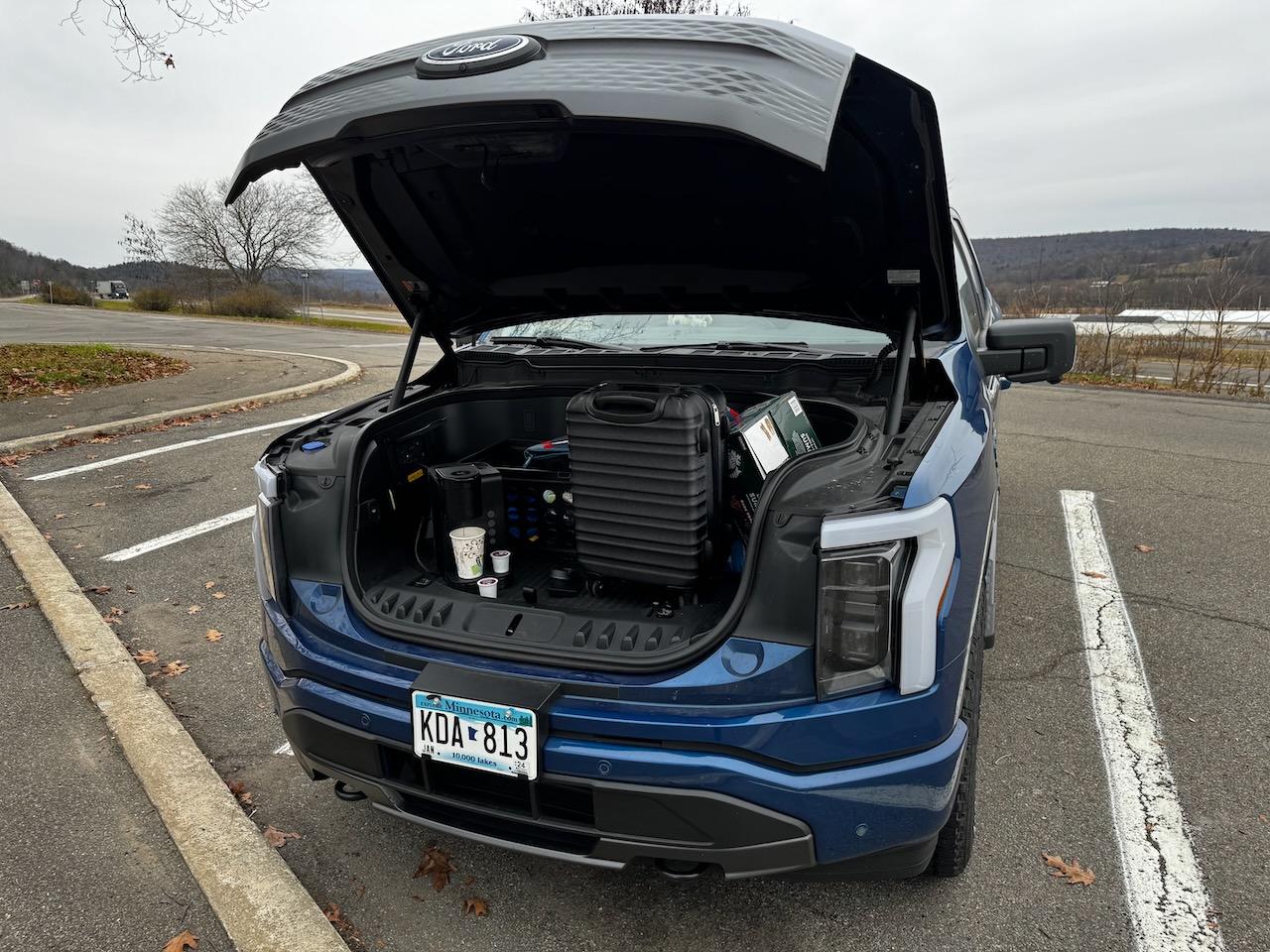F150LAQS
Member
Im looking forward to crusing too. My dilemma, i really love the smaller screen and nobs (your pic reinforces how nice it all fits together), but i live in Alaska and also want a heat pump! Idk why they are making a flash with only the mini tv screen, going forward.
Sponsored






